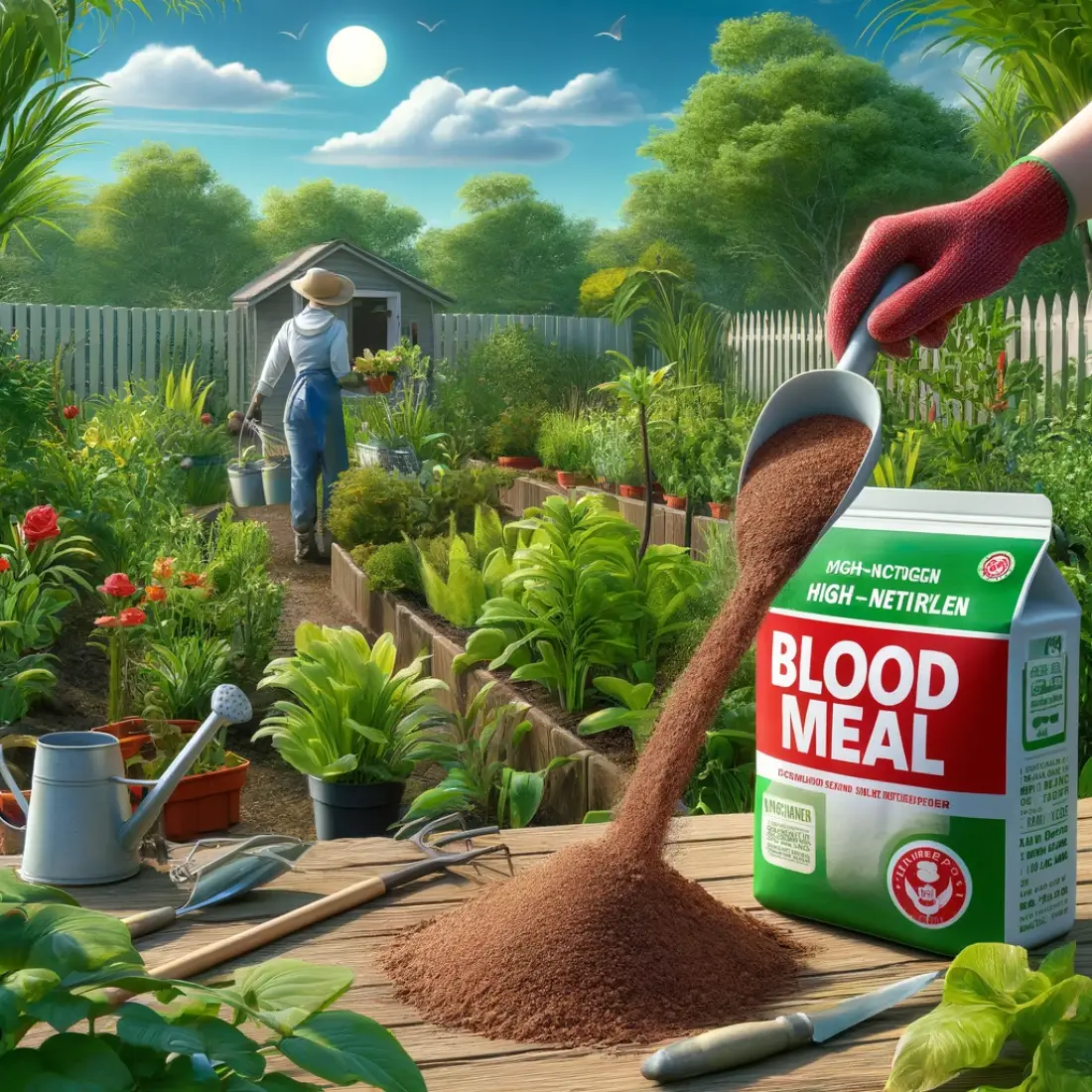Fish emulsion fertilizer is a gardener’s secret weapon for achieving thriving plants. Its versatility makes it ideal for vegetables, fruits, flowers, herbs, and even lawns. But to get the most out of it, you need to know the proper application methods, dilution ratios, and timing for each type of plant.
In this guide, we’ll break down exactly how to use fish emulsion fertilizer for specific plants so you can achieve the best results in your garden or home.
- Proper dilution and timing are essential to maximize the benefits of fish emulsion fertilizer.
- Specific plants, from leafy greens to fruit trees, require tailored application methods.
- Regular use of fish emulsion ensures consistent growth, healthier roots, and better yields.
How to Use Fish Emulsion Fertilizer: The Basics
Dilution Ratios
Fish emulsion fertilizer is potent and must be diluted properly:
- Standard Ratio: Mix 1-3 tablespoons per gallon of water.
- For Sensitive Plants (seedlings, indoor plants): Use 1 tablespoon per gallon.
Application Methods
- Soil Drench: Pour around the base of the plant to feed the roots directly.
- Foliar Spray: Spray onto the leaves for faster absorption. Ideal for leafy greens and flowering plants.
Frequency
- Vegetables, Fruits, and Flowers: Every 2-3 weeks during active growth.
- Lawns: 2-4 times per year.
- Seedlings and Indoor Plants: Monthly or as needed.
Vegetables and Herbs
Leafy Greens (Lettuce, Spinach, Kale)
- Dilution: 2 tablespoons per gallon of water.
- Timing: Apply every 2 weeks, starting when seedlings develop their first true leaves.
- Application: Foliar spray or soil drench for greener, fuller leaves.
Root Vegetables (Carrots, Beets, Radishes)
- Dilution: 1 tablespoon per gallon of water.
- Timing: Begin applications after seedlings are established. Reapply every 3 weeks.
- Application: Focus on soil drench to avoid excessive top growth.
Fruit-Bearing Vegetables (Tomatoes, Peppers, Zucchini)
- Dilution: 2-3 tablespoons per gallon of water.
- Timing: Start at flowering and continue during fruiting stages, every 2-3 weeks.
- Application: Soil drench to support root growth; foliar spray to promote flowering and fruiting.
Herbs (Basil, Parsley, Mint)
- Dilution: 1 tablespoon per gallon of water.
- Timing: Feed every 3 weeks, starting when plants are 3-4 weeks old.
- Application: Apply sparingly to potted herbs to prevent over-fertilization.
Fruits
Berry Bushes (Strawberries, Blueberries, Raspberries)
- Dilution: 2 tablespoons per gallon of water.
- Timing: Start in early spring and reapply every 4 weeks during the growing season. Add one application post-harvest.
- Application: Soil drench around the base; avoid foliar spray to minimize fungal risks.
Fruit Trees (Apple, Citrus, Peach)
- Dilution: 3 tablespoons per gallon of water.
- Timing: Early spring (bud break). Mid-summer (fruit development). Post-harvest (to promote recovery).
- Application: Drench soil around the drip line for even nutrient distribution.
Flowers
Annual Flowers (Marigolds, Petunias, Zinnias)
- Dilution: 2 tablespoons per gallon of water.
- Timing: At planting and every 3 weeks throughout the growing season.
- Application: Soil drench to encourage vibrant blooms.
Perennials (Daylilies, Black-Eyed Susans)
- Dilution: 3 tablespoons per gallon of water.
- Timing: Feed in early spring and every 4-6 weeks during the flowering season.
- Application: Use as a soil drench; foliar spray can be applied sparingly to plants with large leaves.
Ornamental Shrubs (Roses, Hydrangeas)
- Dilution: 3 tablespoons per gallon of water.
- Timing:
- Early spring (after pruning).
- Repeat every 4 weeks during flowering.
- Application: Soil drench around the base; foliar spray is especially beneficial for roses.
Lawns
Fish emulsion fertilizer works wonders on lawns, offering a natural alternative to synthetic turf fertilizers.
- Dilution: 5 tablespoons per gallon of water.
- Timing: Early spring for growth stimulation. Mid-summer to support resilience. Early fall to prepare for winter.
- Application: Use a hose-end sprayer to distribute evenly across the lawn.
Indoor Plants
Houseplants (Philodendrons, Spider Plants, Pothos)
- Dilution: 1 tablespoon per gallon of water.
- Timing: Monthly feeding during active growth seasons (spring and summer).
- Application: Soil drench or light foliar spray. Avoid over-saturating small pots.
Seedlings and Transplants
- Dilution: ½ tablespoon per gallon of water (weaker concentration).
- Timing: Start applications after the first true leaves appear and repeat every 2 weeks.
- Application: Apply gently at the base to protect delicate roots.
Seasonal Application Guide
Spring
- Kickstart growth by applying to all plants as they emerge from dormancy.
- Focus on vegetables, fruits, and annual flowers.
Summer
- Maintain regular feedings for fruiting and flowering plants.
- Increase frequency for heavy feeders like tomatoes, roses, and lawns.
Fall
- Feed perennials, shrubs, and lawns to prepare them for winter.
- Apply to fruit trees post-harvest to support recovery.
Winter
- Suspend fertilization for outdoor plants unless they’re evergreens.
- Indoor plants may benefit from light monthly applications.
FAQs about Using Fish Emulsion Fertilizer
Can fish emulsion fertilizer burn plants?
Yes, over-concentration can cause leaf burn. Always dilute according to plant needs.
Should I use fish emulsion fertilizer on flowering plants?
Absolutely. Timing is key—apply during the budding and flowering stages for the best results.
Can fish emulsion fertilizer be used for potted plants?
Yes, but dilute more to avoid overwhelming confined root systems.
How often should I apply fish emulsion fertilizer?
Typically every 2-3 weeks during active growth, but frequency can vary by plant type.
Can I apply fish emulsion in hot weather?
Avoid applying during peak heat or direct sunlight to prevent leaf burn and nutrient evaporation.











